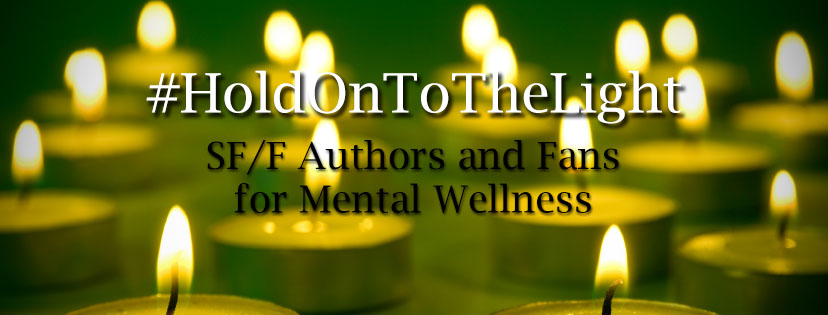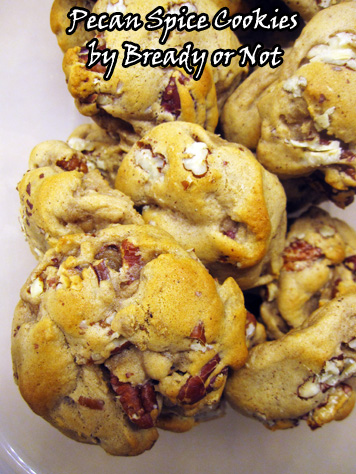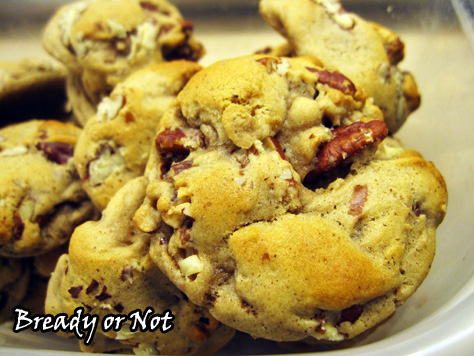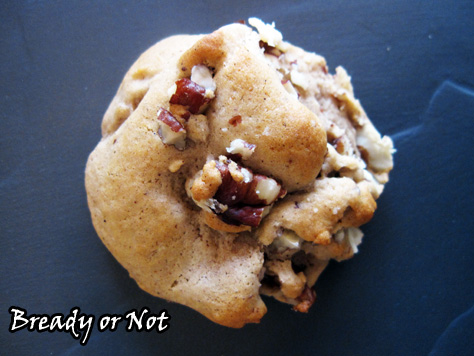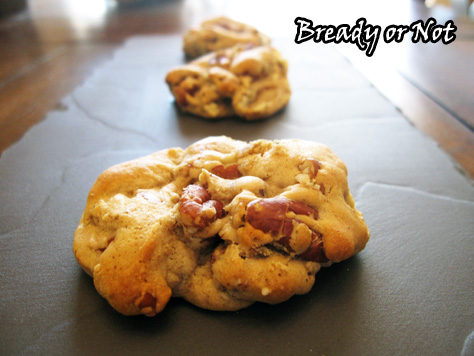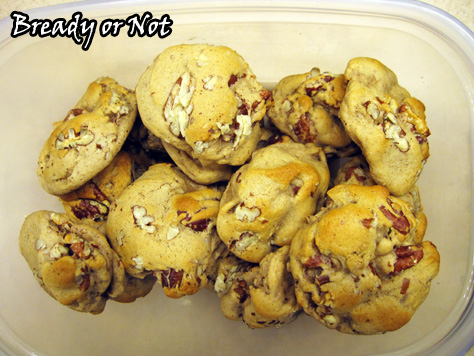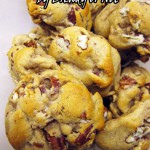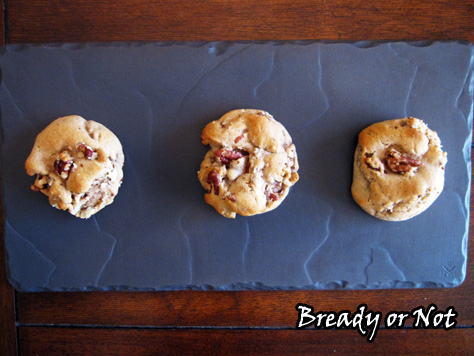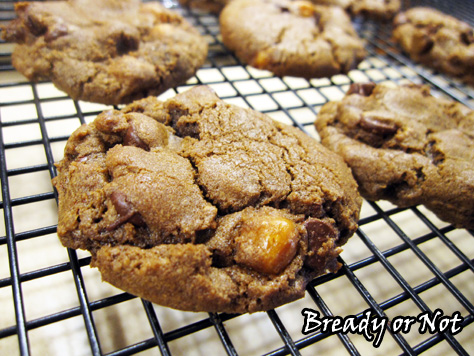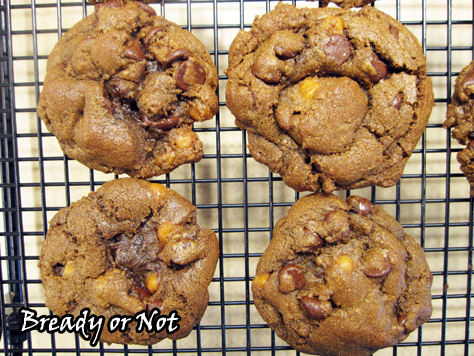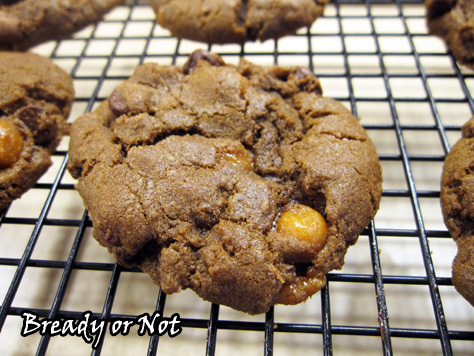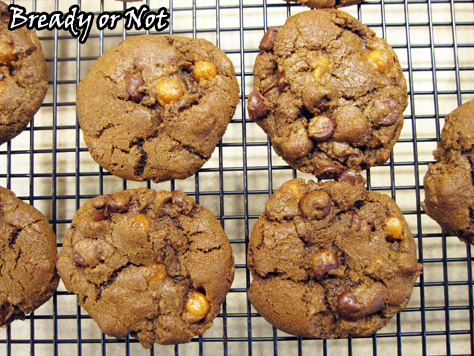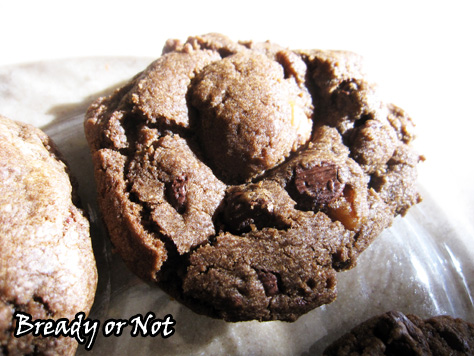An Agoraphobic’s Guide to the Writing Life — BethCato.com: a #HoldOnToTheLight post
Definition of Agoraphobia, from Merriam-Webster.com:
:abnormal fear of being helpless in a situation from which escape may be difficult or embarrassing that is characterized initially often by panic or anticipatory anxiety and finally by the avoidance of open or public places
Hi. I’m Beth Cato. I’m agoraphobic. It’s part of my sampler pack of mental issues, including depression, generalized anxiety order, and obsessive-compulsive disorder. I’m going to focus on agoraphobia today as it is discussed less often than the others. (If you want to listen to me delve into this topic, it also came up in my interview with Mur Lafferty on the I Should Be Writing Podcast.)
What is agoraphobia?
The Greek roots of the word translate to “fear of the marketplace.” It essentially means a person has a deep fear of leaving home or other select safe zones. It also means a deep fear FOR those safe zones, like heightened anxiety when away because the oven might be left on/house will get broken into/cat will explode. It’s complex and different people experience it in different ways.
Agoraphobia isolates a person, and keeps them isolated. Yeah, it can be embarrassing sometimes. A lot of other people don’t get it or don’t want to make an effort to understand. For me, going out and doing errands isn’t a spontaneous act. It’s one that requires careful planning, and sometimes days or months of preparation.
How can it be treated?
Prescription drugs may help, as they do with other anxiety disorders. Personally, I rely on coping strategies and rigorous planning. Yeah, I still have limits on what I can do, sure, but I’m fairly happy, stable, and I am actually getting out of the house. I’m in a much better place than I was ten, fifteen, twenty years ago.
How does agoraphobia impact a writing career?
How doesn’t it? I want to sell what I write. That means I need to communicate with people and it also means I need to escape the house at times and attend conferences and travel.
Driving is hard for me. I don’t even like being a passenger, especially in big city traffic. I have only had my license for about 10 years now and I am only comfortable driving within a small radius of home and during the daylight. Most bookstores around Phoenix are well beyond my cozy radius and require passage through downtown with its multitudes of lanes and confusing exits and mergers.
 How do you get to these events, then?
How do you get to these events, then?
I try to line up the majority of them with my husband’s schedule and we make a family trip out of it. If I have to make it on my own, I plan around rush hour and otherwise prepare myself as much as possible. I have found Super Shuttle is fantastic to get to and from the airport.
Why do you go to conventions if it’s so hard on you?
Because I love conventions and panels and geeking out over books! You can love something and be terrified about it at the same time. Conventions give me a rare chance to hang out with friends. I soak that in.
I try to stress out in advance and plan out everything as much as I can. That way, I get there and I can enjoy myself.
How do you plan ahead?
This is where my OCD plays a helpful role. Starting months ahead of time, I will study where I will be. How to get from the airport to my hotel and back. What is in walking distance of my hotel and the convention center or other venues. I hit up Yelp and start bookmarking restaurants with food that I like. I study Google Maps and find more restaurants and other cool stuff. Then I go down to Street View, and explore how it looks on the ground (i.e. does it look safe, are there crosswalks, how do I get from here to there, etc). If there are guidebooks available, I buy and study them. If there are Facebook pages about the con, I lurk and take in all the info I can get.
I essentially try to become as conversant as a local. I know routes. I can recommend restaurants based on their popular dishes or friends’ dietary needs. I have Lyft and Uber apps so I can get around (because I sure am not renting a car) or I know when the local transit runs.
Does this usually work?
Most of the time, yes! Mind you, I can’t plan for everything. Sometimes, you gotta lock yourself in a bathroom stall to quietly experience a panic attack, then dry off your face and go out to Adult again.
But when you’re home, you’re fine?
I’m still me. I’m happily neurotic. The internet does make it easier to communicate. I can avoid using the phone–oh, I hate the phone! Except when my agent calls. Her calls are almost always wonderful. Sometimes emails are difficult and I require a few hours or days to work up nerve to reply. I add tasks like that to Habitica, a role-playing game-styled to-do organizer, so that I don’t forget.
Here’s the thing. I have disabilities. I deal with them as best I can. Does it suck sometimes? Sure. But am I happy? Most of the time, yes! Ten years ago, I would have NEVER imagined I would be traveling by myself all over the country and being as active as I am on social media. I never would have written a post as personal as this, either, but I sincerely hope it helps other people out there.
About the campaign:
#HoldOnToTheLight is a blog campaign encompassing blog posts by fantasy and science fiction authors around the world in an effort to raise awareness around treatment for depression, suicide prevention, domestic violence intervention, PTSD initiatives, bullying prevention and other mental health-related issues. We believe fandom should be supportive, welcoming and inclusive, in the long tradition of fandom taking care of its own. We encourage readers and fans to seek the help they or their loved ones need without shame or embarrassment.
Please consider donating to or volunteering for organizations dedicated to treatment and prevention such as: American Foundation for Suicide Prevention, Hope for the Warriors (PTSD), National Alliance on Mental Illness (NAMI), Canadian Mental Health Association, MIND (UK), SANE (UK), BeyondBlue (Australia), To Write Love On Her Arms (TWLOHA) and the National Suicide Prevention Hotline.
To find out more about #HoldOnToTheLight, find a list of participating authors and blog posts, or reach a media contact, go to http://www.HoldOnToTheLight.com and join us on Facebook.
#SFWAPro
Read More
Bready or Not: Pecan Spice Cookies
If you love pecans, I’d like to introduce you to your new bliss: Pecan Spice Cookies.
These fat, rich cookies are full of pecan goodness with the perfect blend of spices to enhance that goodness even more.
I love pecans. I am always on the look-out for a good sale on them, because they are certainly a more-expensive nut.
I modified this from the original at Averie Cooks in a number of ways. The biggest change is that I made the flour half all-purpose and half bread flour. This changes the gluten development, leading to thicker, chewier cookies.
I also added honey, because honey is perfect with pecans and pumpkin pie spice!
The end result is a dreamy cookie that will keep for days and days, and make your belly happy on each and every one.
Bready or Not: Pecan Spice Cookies
Ingredients
- 1/2 cup unsalted butter 1 stick, softened
- 3/4 cup brown sugar packed
- 1/4 cup white sugar
- 1 large egg room temperature
- 1 Tablespoon vanilla extract
- 1 Tablespoon honey
- 2 Tablespoons cream or half & half
- 1 cup all-purpose flour
- 1 cup bread flour
- 1 Tablespoon pumpkin pie spice
- 2 teaspoons corn starch
- 1 teaspoon baking soda
- pinch salt only needed if pecans are unsalted
- 2 cups pecan pieces
Instructions
- In a big bowl, cream together the butter, brown sugar, white sugar, egg, vanilla, and honey. Mix for several minutes, until completely combined and fluffy. Add the cream and mix again.
- Scrape down the bowl, then add the dry ingredients: both flours, pumpkin pie spice, corn starch, baking soda, and salt. Blend until just combined. Fold in the pecans.
- Wrap the dough in plastic wrap and set in fridge to chill overnight or for several days. Dough can also be frozen.
- Preheat oven at 350-degrees. Use a tablespoon scoop or spoon--this will allow for big chunks of pecans--to dole out dough onto the pan. Flatten each dough ball slightly, as they will not spread much, and also try to avoid having pecan pieces on the very bottom, as they might burn.
- Bake for 9 to 10 minutes, until the cookies have set tops. Let the cookies cool on the sheet for 10 minutes, then transfer to a rack to finish cooling.
- Cookies will keep for at least a week in a sealed container at room temperature.
- OM NOM NOM!
Read More
Comprehensive Book Review of Handbook for Mortals
If you follow publishing news, you likely recognize the title Handbook for Mortals by one Lani Sarem. It has been a subject of morbid fascination since it infiltrated the New York Times Bestseller list out of the blue. Some crack reporting by YA Twitter painted a picture that was stranger than fiction (seriously, read that link if you have not). For all that this was a so-called bestseller, almost no one had actually seen the book, much less read it. The few excerpts that began to float around Twitter showed the novel to be of… dubious quality.
I wanted to read it for myself.
The publisher obliged me through the galley site NetGalley.
Here, for your edification, is my review. It was not easy to write. I don’t like doing negative reviews, but I wanted to present a comprehensive analysis of the book that created so much fuss and furor.
 Handbook for Mortals by Lani Sarem
Handbook for Mortals by Lani Sarem
My rating: 1 of 5 stars
I received this ebook through the publisher via Netgalley. As a published author myself, I am well aware of the way that author Lani Sarem and her team manipulated the New York Times list. I also know that the Goodreads ratings for the book consist of mostly one-star ratings due to the book’s reputation and the sample available on Amazon.
I don’t rate or review any book unless I finish it. I wanted to judge Handbook with as much fairness as I could, even knowing its history, so I endeavored to read the entire thing. I finished it.
If this had been any other book, I would have declared it Did Not Finish (DNF) in the first few pages.
Handbook reminds me of my first novel efforts, the ones I trunked and will forever more keep trunked. Because of that, I sympathize with the author to a degree. I wish she had had other experienced authors around her to offer honest feedback–or maybe she did, and she ignored their feedback to stay true to her vision. I did that with my first novel attempts, too.
The book reads like a non-reader’s mistaken assumptions of what YA is, though this book is not YA (the heroine is about twenty-five). For a proclaimed fantasy book, magic is barely present (and very little of it actually done by the heroine), and doesn’t make sense. It’s… kind of like a romance, but with no chemistry. The entire middle of the book consists of dating scenes interspersed with clothes shopping.
The first few pages show an ignorance of novels and how they are formatted at a basic level, as it actually has a foreword introducing the author. An intro like this is included for anthologies or collections, not for a debut book. I don’t know who the author is and her movie fandom creds aren’t relevant. The book needs to sell itself.
As Handbook begins at chapter 0, we meet Zade as she argues with her mother and departs Tennessee for her new job in Las Vegas. The narrative is overwritten–again, a common flaw in early novels efforts and rough drafts, period–and the paragraphs are dense, with the dialogue often buried. Zade’s actions here are the only time in the book that she shows agency.
Agency means the character instigates the plot. She/he makes the decisions and carries the book, rather than doing what author-god decrees. Agency within a plot is a tricky thing to master; honestly, my agent and editor still ding me on this during revision stages.
But this point of criticism leads to another issue: there is no plot in Handbook. She goes to Vegas and joins an illusionist’s show, and starts going on a lot of dates with Mac and Jackson, though all men find her to be incredibly hot and almost all women loathe her. This is explained at one point as a side effect of Zade’s immense magical power. At one point, some other magic user attacks her, and makes an odd cameo appearance later; the ending implies a second book is supposed to explain this person, but it has zero bearing on anything in this book.
This book is about dating. And shopping. But for a book that tries to play up the love triangle angle, ala Twilight, there is no triangle. Mac has all of the emphasis and character development–actually, he’s the only character who has an arc and develops in any way, and he’s the only one who acts at the climax. He has many of his own scenes shown in italics (though the use of italics is inconsistent and confusing, as some other characters’ POVs are seen through it sometimes). The other character, Jackson, is a musician and good-looking, and has the perk of actually believing in the abilities of tarot readings (one of Zade’s skills), but it’s pretty clear he has no chance with Zade.
As for the romantic dialogue, it’s… George Lucas-esque. That goes back to that matter of agency. As all men love and want Zade, she doesn’t need to make any effort to win over Mac or Jackson.
Zade had potential to be an interesting character. The book only expresses vague ideas of what her magic is actually like and there is zero growth in her abilities–the kind of thing an actual fantasy book needs. Zade is perfect in every way, a cliché Mary Sue (again, a new author trait). Everyone thinks she’s hot. Compliments on her hair are a regular theme (it reads like a Sally Beauty Supply ad at a few points, quite literally). She can also play guitar and sing, and she loves “crotch rockets” just like Mac. And as the ending of the book shows, she is morally bankrupt.
I suppose I should get to the ending.
Most books use an ending to show how the hero/heroine has grown throughout the book. It’s an opportunity for a grand show of powers, a confrontation with a villain, etc. But this book has no character growth, and while it has a few unpleasant people, there is no villain.
Instead, Zade tries to pull off a grand illusion during the Vegas show that utilizes “dangerous magic.” She uses Mac as her anchor for this magic, but he’s mad at her, so he steps outside to smoke. (Yes, there are several points like this that make no sense–he could step out for a phone call, or be sick, or go on vacation, etc). Cue her magic going awry. The show ends, and she goes off stage, falls unconscious, and starts bleeding everywhere. At the hospital, the doctor says Zade is internally bleeding and will quickly die.
Zade is rushed back to Tennessee to her mother’s advanced magical care, where, as Zade is bleeding to death, her estranged parents reunite and casually tell Mac the story of how they met. There is zero tension throughout this long section. Zade’s loved ones are literally at the kitchen table, drinking tea, and reminiscing about the late 1970s as Zade bleeds out in the next room.
How do we know this? That goes to the morally bankrupt part: Zade has ripped memories of all these events from her parents, Mac, and everyone who witnessed her collapse in Vegas. The very end of the book has some vague mention of her getting permission from those closest to her, but she obviously couldn’t get this from everyone, as her magical skills are a big secret.
So yeah. She thieved memories from almost everyone she knows, and also rifled through her parents’ thoughts when they were young and horny, which has another level of violation and squick. There is absolutely no moral consideration of these actions.
Also note that Zade falls unconscious at 67% through the ebook. She wakes up at 91%. The climax, such as it is, consists of Mac plunging a dagger-that’s-really-like-an-EpiPen (that’s how the book explains it) into her heart.
She recovers, returns to Vegas where everyone greets her with a surprise party (the proper welcome for someone who nearly died), and her estranged parents remarry. The book ends with the promise (threat?) of a sequel to come that will explain the weird magical girl who tried to blast Zade at the mall.
I wanted Handbook to be worthwhile of the fuss and effort that went into getting it on the NYT list. It’s not.
#SFWAPro
Read MoreSunday Quote ponders gravity
Read More“If you put off everything ’til you’re sure of it, you’ll get nothing done.”
~ Norman Vincent Peale
Bready or Not: Caramel Mocha Cookies
It’s been too long since I featured a hardcore chocolate recipe, so let’s make up for that in a big way with these Caramel Mocha Cookies.
“I have this great looking recipe I want to try,” I told my husband. “Can you make it without nuts?” he asked, citing that a co-worker was allergic.
So I set about modifying the recipe, and realized this would be a good use for some leftover caramel bits I had in the cupboard. As I read over the full magazine clipping for the recipe, though, I noticed something weird.
It had a truly egregious typo: it asked the baker to start preheating the oven in step one, then to place the dough to chill for several hours or overnight. Oops.
Therefore, this is greatly modified from the original in the December/January AllRecipes magazine.
If anyone ever comes across an error like that in one of my recipes, please let me know!
These are chocolate cookies that will delight any chocoholic: dough loaded with melted chocolate and espresso powder, then packed with more chocolate chips. The caramel adds a touch of a different sweetness, and a different texture besides.
Bready or Not: Caramel Mocha Cookies
Ingredients
- 2 cups semi-sweet chocolate chips divided
- 2 Tablespoons espresso powder
- 2 teaspoons water
- 1 3/4 cups all-purpose flour
- 3/4 teaspoon baking soda
- 1/2 teaspoon salt
- 1/2 cup unsalted butter 1 stick, softened
- 1/2 cup white sugar
- 1/2 cup brown sugar packed
- 1 large egg
- 3/4 cup caramel bits
Instructions
- Melt 1/2 cup of the chocolate in a bowl in the microwave. Stir until smooth; let cool. In another bowl, mix together the espresso powder and water.
- In a medium bowl, sift together the flour, baking soda, and salt. Set aside.
- In a large bowl, beat together the butter and sugars until creamy. Add the hydrated espresso, followed by the egg. Pour in the cooled melted chocolate. Gradually stir in the dry mixture until just mixed. Fold in the remaining 1 1/2 cups chocolate chips and the caramel.
- Wrap the dough with plastic wrap and let it chill for a few hours or overnight.
- Preheat oven at 350-degrees. Scoop tablespoon-sized dough balls onto a cookie sheet, with space for each to spread. Bake for 10 to 12 minutes. Let stand to set 5 to 10 minutes, then transfer to a cooling rack.
- OM NOM NOM!
Read More




